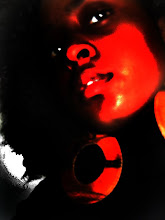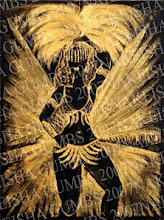Although art education is largely ignored in the core curriculum of many high schools, it is a more than useful means for giving young adults the historical foundation needed in order to inspire future leadership. Black art, in particular adequately addresses issues of social change and mobility, citizenship, identity as well as other critical themes within the African American community. Black visual artists and their works discuss critical issues of history, representation, aesthetics, and ideology in a medium that is being deemed invisible. This paper focuses on the usefulness of art history as an educational tool for teaching African American high school students about African-American art as well as the historical frameworks from which this art was produced. Specifically, I address the works of African American artists such as Charles White, Faith Ringgold, Kara Walker and Aaron Douglas in order to emphasize the importance of art education as a field that should be incorporated into the core curriculum of predominately African American high schools.
(If you would like a copy of this paper please send me an e-mail)
 My use of stereotypical exaggeration is very intentional when characterizing an Orisha/African American. I believe these divine Orishas personify mortal African Americans. I use the color black because it is loaded with charged representation; it is used as a racial signifier, and for its negative and positive connotations. In this series, black acts as itself, a marker of race, a stain—as a hyperbole. I use stereotypes in hopes of provoking people to confront their own biases. Although my images are theological, I see these "celestial" characters among black folk that live the African American experience.
My use of stereotypical exaggeration is very intentional when characterizing an Orisha/African American. I believe these divine Orishas personify mortal African Americans. I use the color black because it is loaded with charged representation; it is used as a racial signifier, and for its negative and positive connotations. In this series, black acts as itself, a marker of race, a stain—as a hyperbole. I use stereotypes in hopes of provoking people to confront their own biases. Although my images are theological, I see these "celestial" characters among black folk that live the African American experience.



![Nana [Buluku]](http://3.bp.blogspot.com/_sebRghY1u68/RxkC0cL-yaI/AAAAAAAAABI/eytWcA-llbk/S220/Nana+%5BBuluku%5D+copy.jpg)

